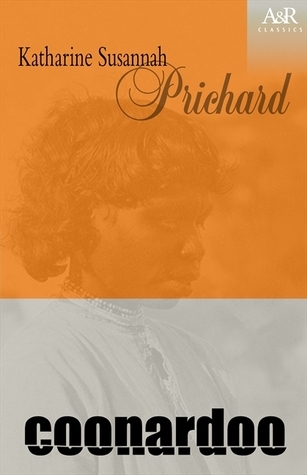What do you think?
Rate this book


250 pages, Paperback
First published January 1, 1929
It is a matter of some interest that what is probably Prichard's most complex attempt at characterisation and her most intensely sustained emotional encounter with her material should be inspired by a member of a race whose dreaming, whose search for identity, was accomplished long before white men came to the Australian continent. ( 'Australian Fiction Since 1920' by Harry Heseltine, in The Literature of Australia (Ed. Geoffrey Dutton, 1964, ISBN 0140700080, my copy is the 1976 revised edition).
Though some may read Coonardoo as a reminder of the loves lost because of racism, the novel is also a reminder of the unacknowledged legacy of colonisation on Aboriginal women: their inability to freely consent to sexual relations with the white men who had the power of life and death over them was fundamentally constrained. It is also a reminder that, regardless of any good intention, constructed stereotypes of Aboriginal men and women continue to appear and be perpetuated in even so-called 'sympathetic' twenty-first century literature. (Finding Eliza, Power and Colonial Storytelling, UQP, 2016, ISBN 9780702253904, p.99)
Katharine Susannah Prichard's novel Coonardoo is the story of an Aboriginal woman, the eponymous Coonardoo, and the struggle of white and Aboriginal Australians to live together and work the vast land of the Kimberley, where their worlds come into intimate contact. (Australian Classics, Allen & Unwin, 2007, ISBN 9781741753417, p106.)